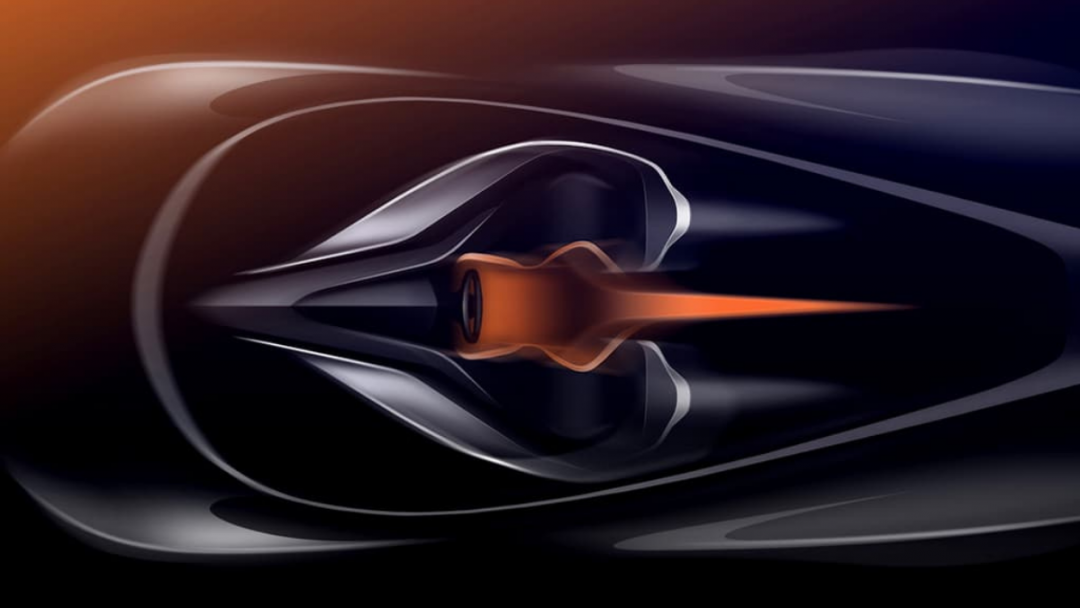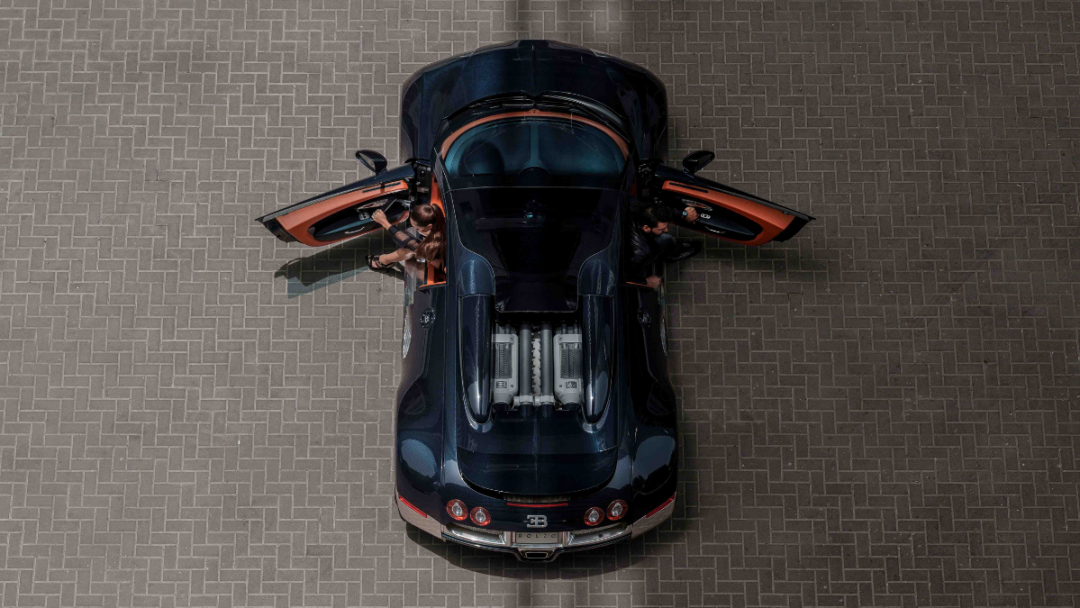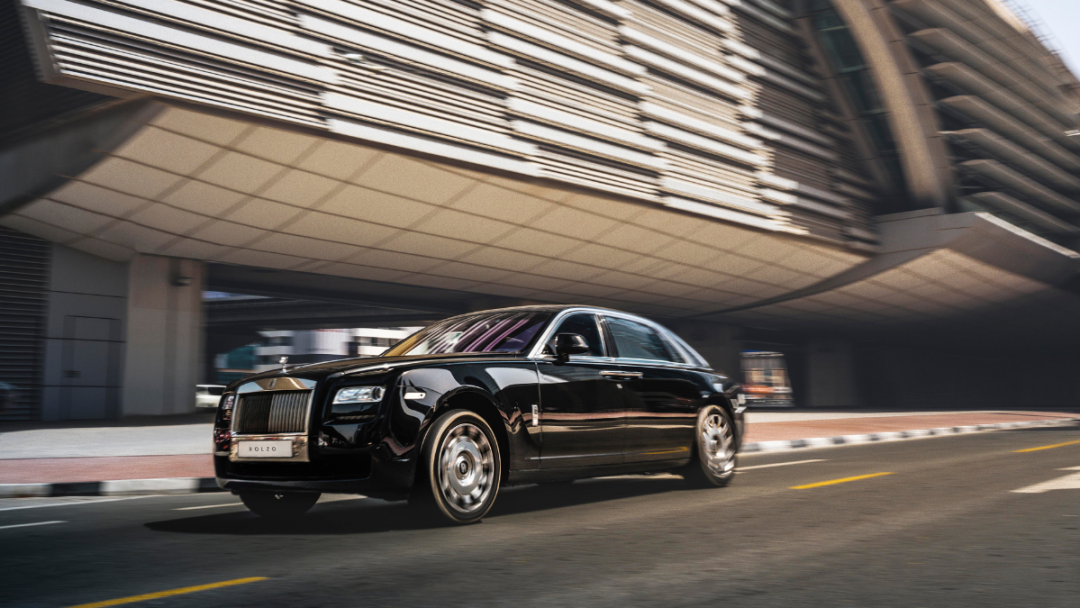The language of art is a language in its own right; art evokes a wide range of emotions and opinions. Being unutterable, art is a means to convey what is beyond verbal limits. As one of the most thriving components in the process of car design and manufacturing, visual creativity is an essential part of conveying the car’s unique personality and its synergy with onlookers and drivers.
The intimate bond between art and car design
“For me, a car is art on wheels” said Land Rover’s Design Director Gerry McGovern in his 2018 interview. Since taking over the reins of design direction in 2006, Gerry has sought to infuse the British sense of roughness and class in his work, demonstrating his Modernist vision. Gerry is a recurring example of the automotive industry’s stride to bring out the glory of the car’s special makeup. Historically, the evolution of art and car design has been based on the visual philosophy of aesthetics and speed.
Factors such as technology, lifestyle, and culture have played a vital role in automobile design, starting from 1885 through present day. The automobile industry’s mapped eras such as Invention, Manufacturing, Innovation, and Capsule oversaw rippling changes by society like how the American designers in the Integration era (~1940s-1970s) borrowed art concepts from prevailing fashion, make-up, colour trends, and personal products. 1959’s Chevrolets came to life with their avant-garde form reflecting high fashion trends. David Gartman’s survey explored American automobile design in the 1950’s, identifying foreign ideas which impacted the sphere of culture and mass opinion such as the art European modernism – promoting minimalism and modesty. Since then and up to now, many centres of art all around the world are merging core ideas into a novel framework and exporting them into culture, determining the creative outlook of car design.
The design process has been successful in producing cutting-edge vehicles. Daimler provides an insight into a typical operation – it’s regarded as an integral part of the development among the industrial circles. Usually, the designers work together with individuals and teams from research, development, and production areas. They aim to fine-tune and organize vehicle dimensions, material concepts and production processes in effort to flesh out the final product. The process is usually conducted on a step-by-step basis: from drawing/rendering, packaging, virtual modelling to data control modelling. As mechanistic as it may seem, the art flow is vigorous and parallels the operational direction.
For example, at the heart of Mercedes-Benz’s design world, designers work through a stream of creative progression, from brainstorming during the ideation stage to realistic visual assessment of the car’s physical dimensions at the 1:4 clay modelling stage. Speaking of the art of luxury, Gordon Wagener, chief design officer for Daimler AG, remarked that the meaning of opulence is ever-changing and praises the aesthetic soul; that is, the hunger for beauty and sensual purity, reflecting the prevalent modern attitude’s taste for sophistication, enjoyment and technological admiration. He said: “With our design idiom of Sensual Purity, we encapsulate an essential aspect of our brands – the bipolarity of intelligence and emotion. It is the core of our brand DNA, our aesthetic soul. It always remains constant and yet will constantly change. Currently, it is in the process of becoming more diverse. Our society and our mobility are changing. We pick up trends such as fully automated or automated driving, the Internet of Things, electric mobility or artificial intelligence and assimilate them in our concept of luxury.”
Elevating customer experience
Danny Whitfield, a car designer who has done commissions for Ford, General Motors, and National Corvette Museum, said in his 2016 interview with Autoblog that it is incredibly important to study the consumer’s point of view. This involves breaking-down prevalent attitudes, their likes and dislikes. In the same vein, “car design has been able to showcase the culture and the country in which it is manufactured, adapting to the needs and taste of the local population.” remarked by Diego García, Industrial Designer at Mormedi.
But then, how do art and culture in car design determine consumer experience? The wide scope of artistic movements and philosophies gets mirrored in all corners of the design world including automotive design – a Ferrari enthusiast might seek to melt away in the car’s emblematic reflection of Italian culture and fine art; or an American suburban family would do good with a robust and functional 4×4 vehicle. Interestingly, philosophy can dissect the meaningful interaction between the customer and the vehicle – unearthing “just what it is a car that provokes an aesthetic experience” and “what the nature of that experience might be”. To elevate the customer experience, the designer must seek a sort of harmony of the driver’s and the car’s personality.



